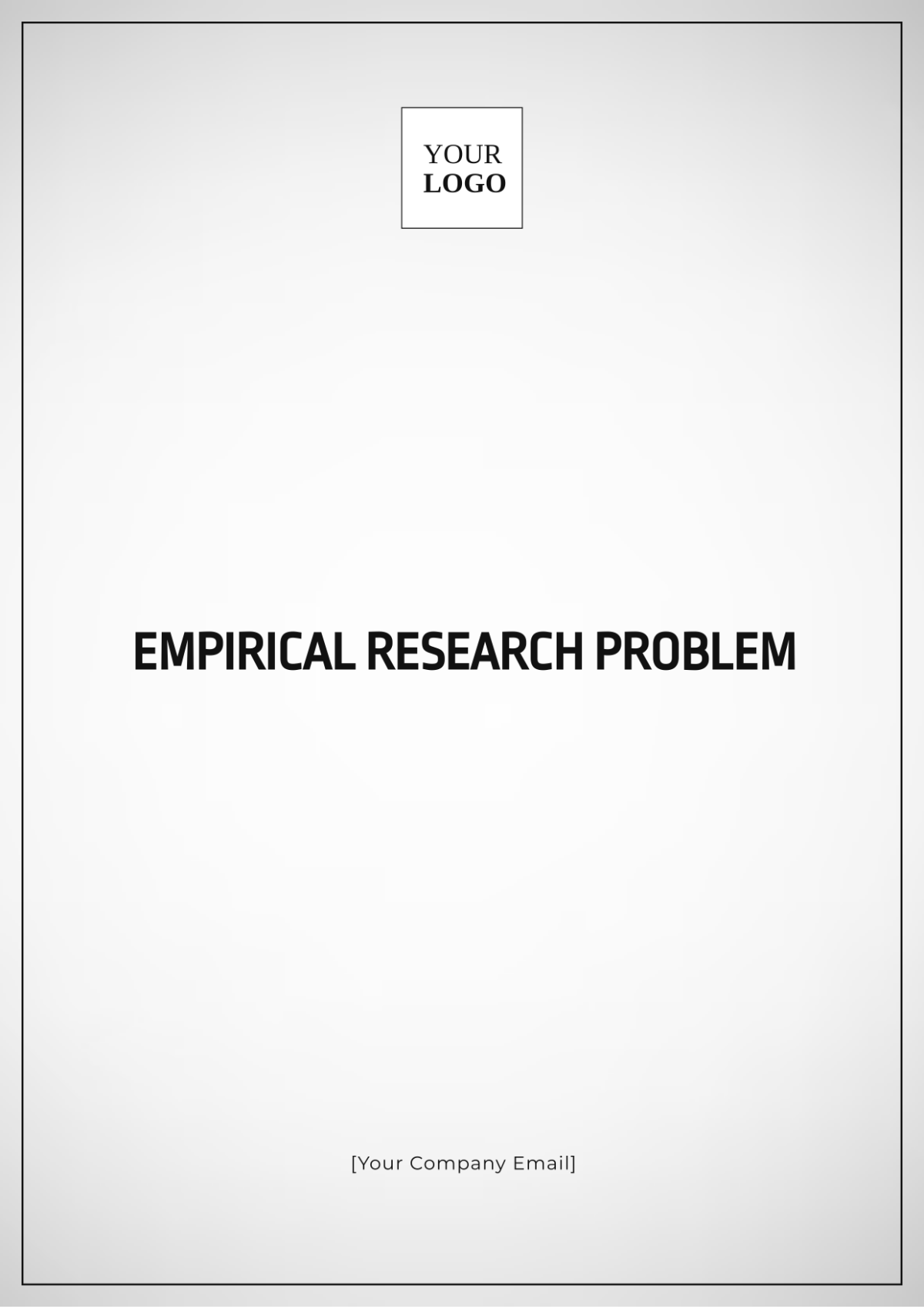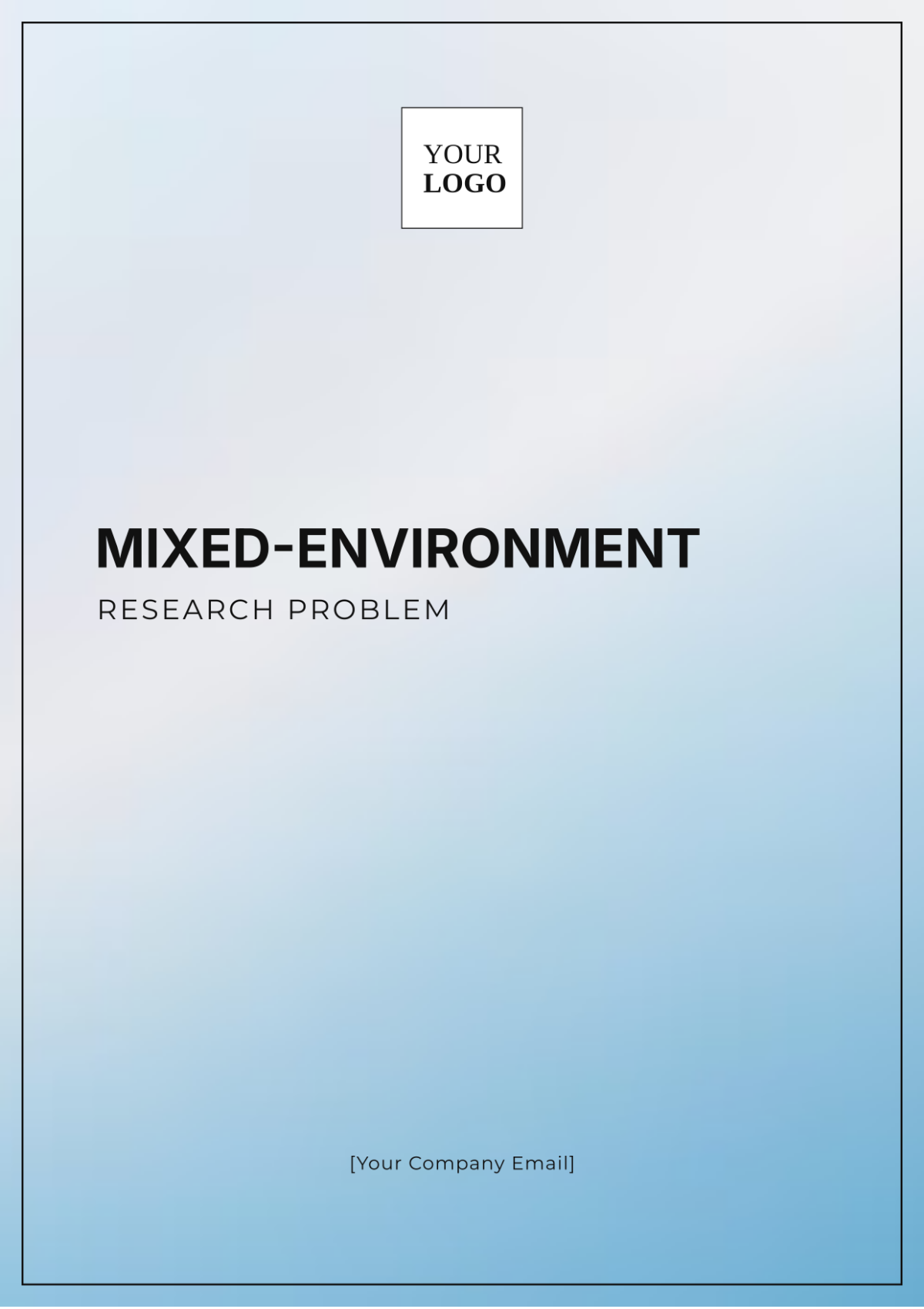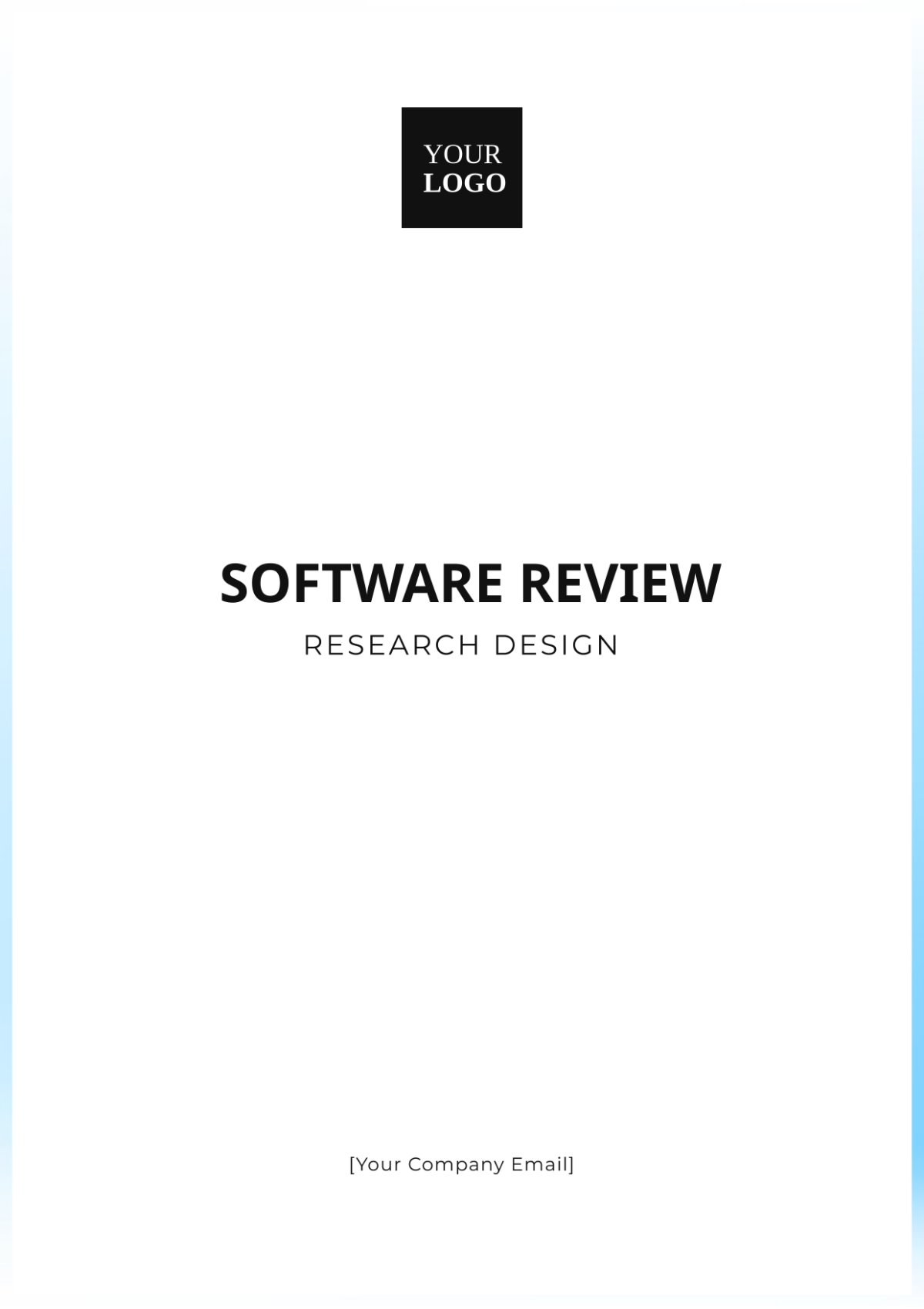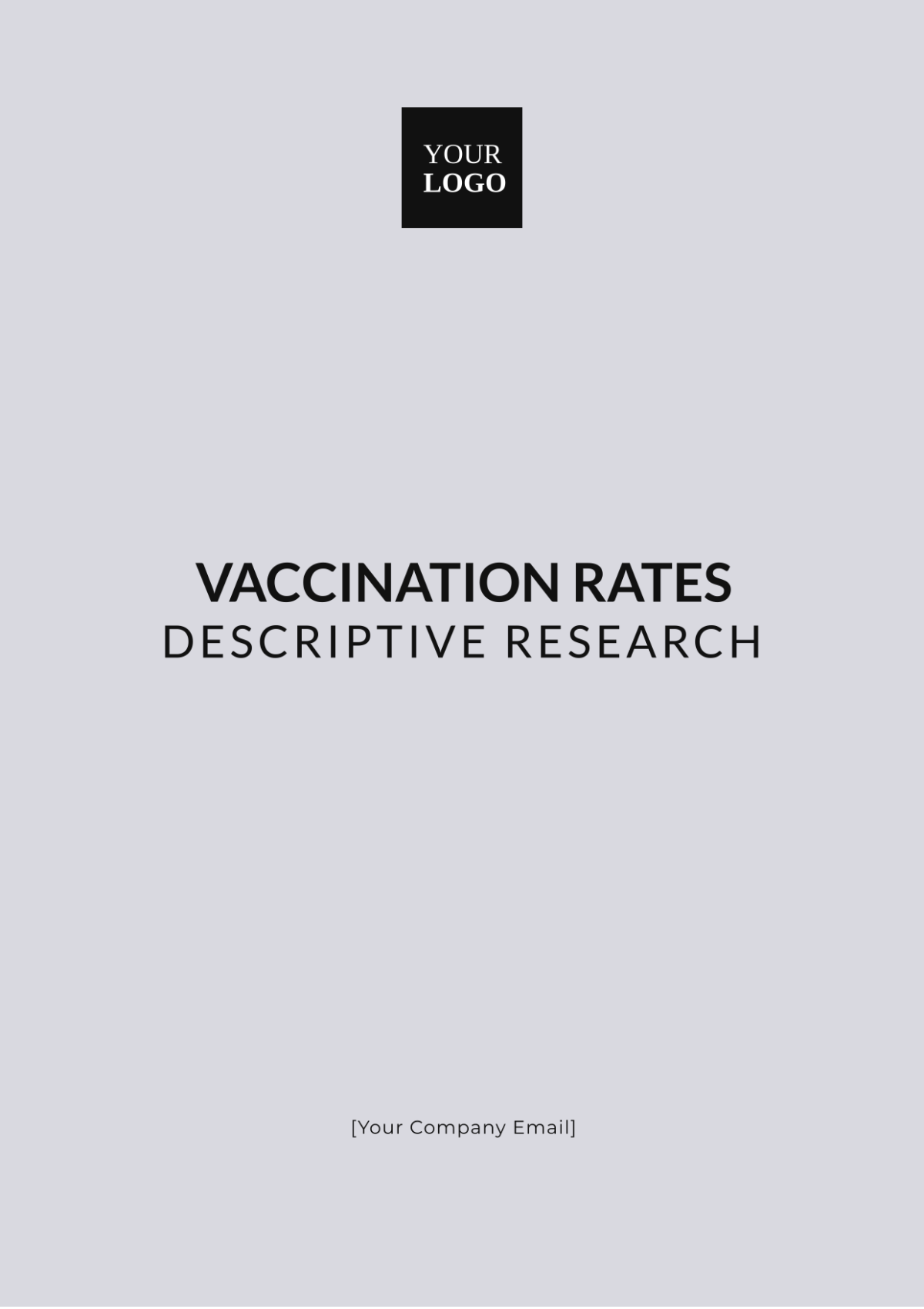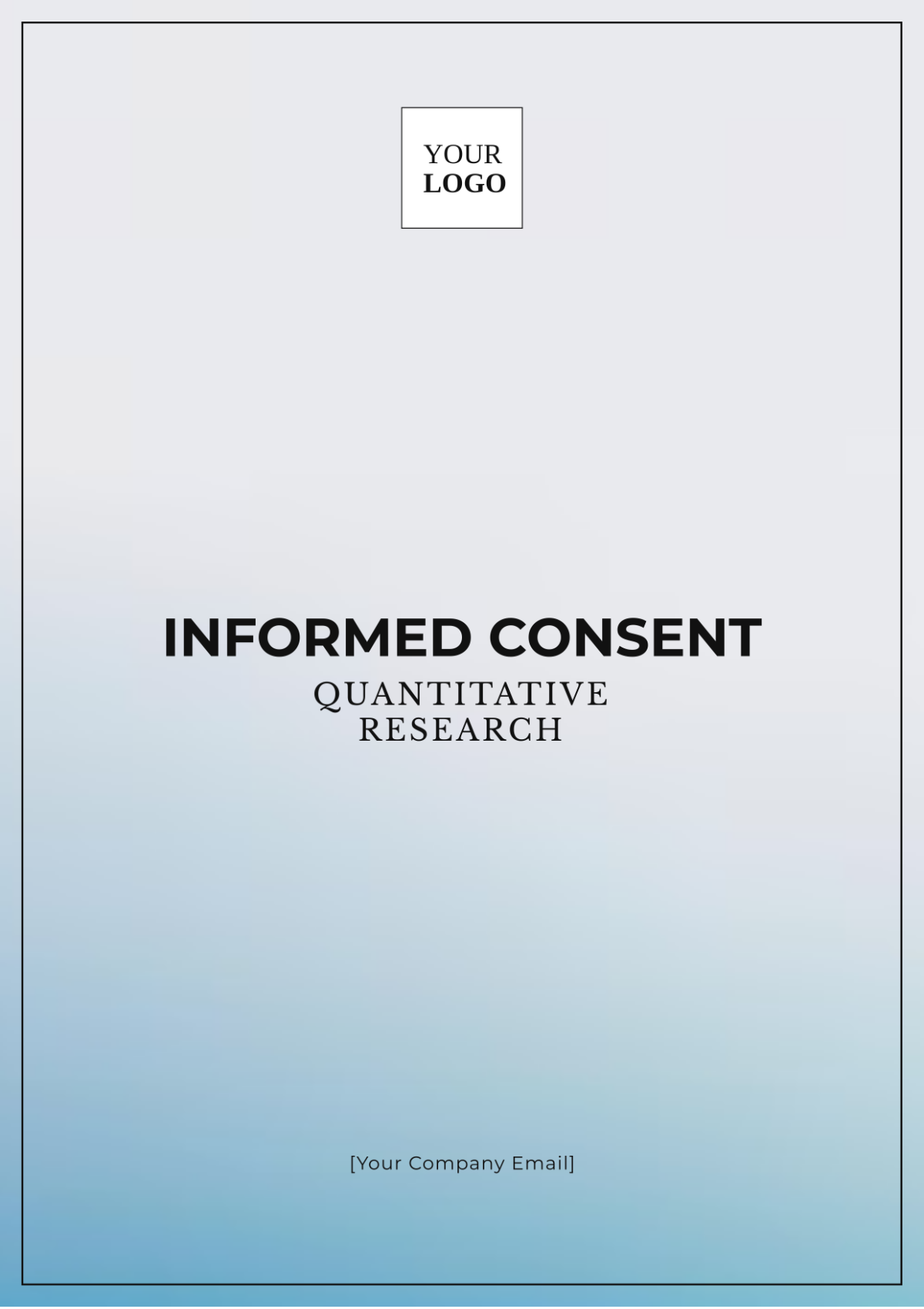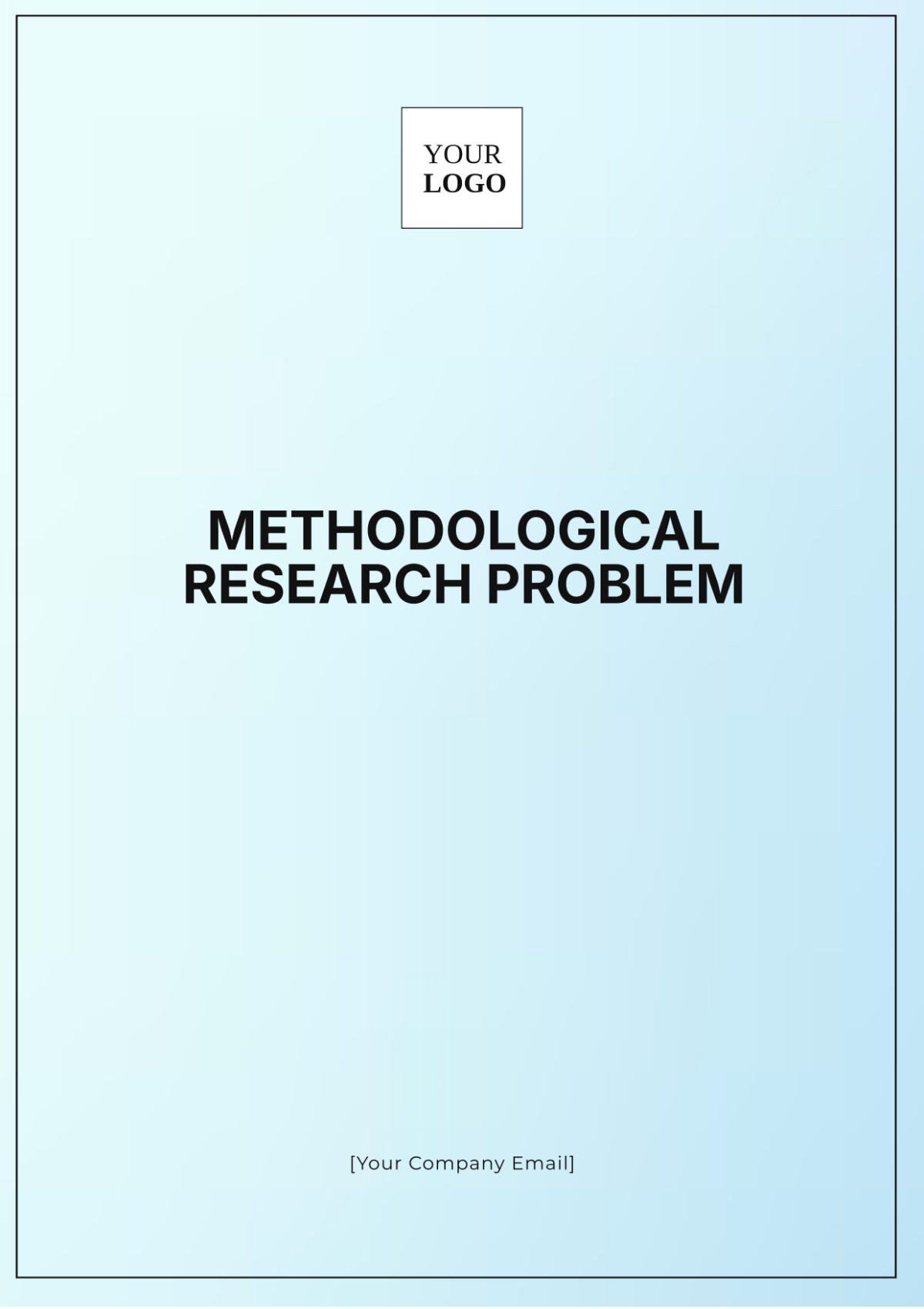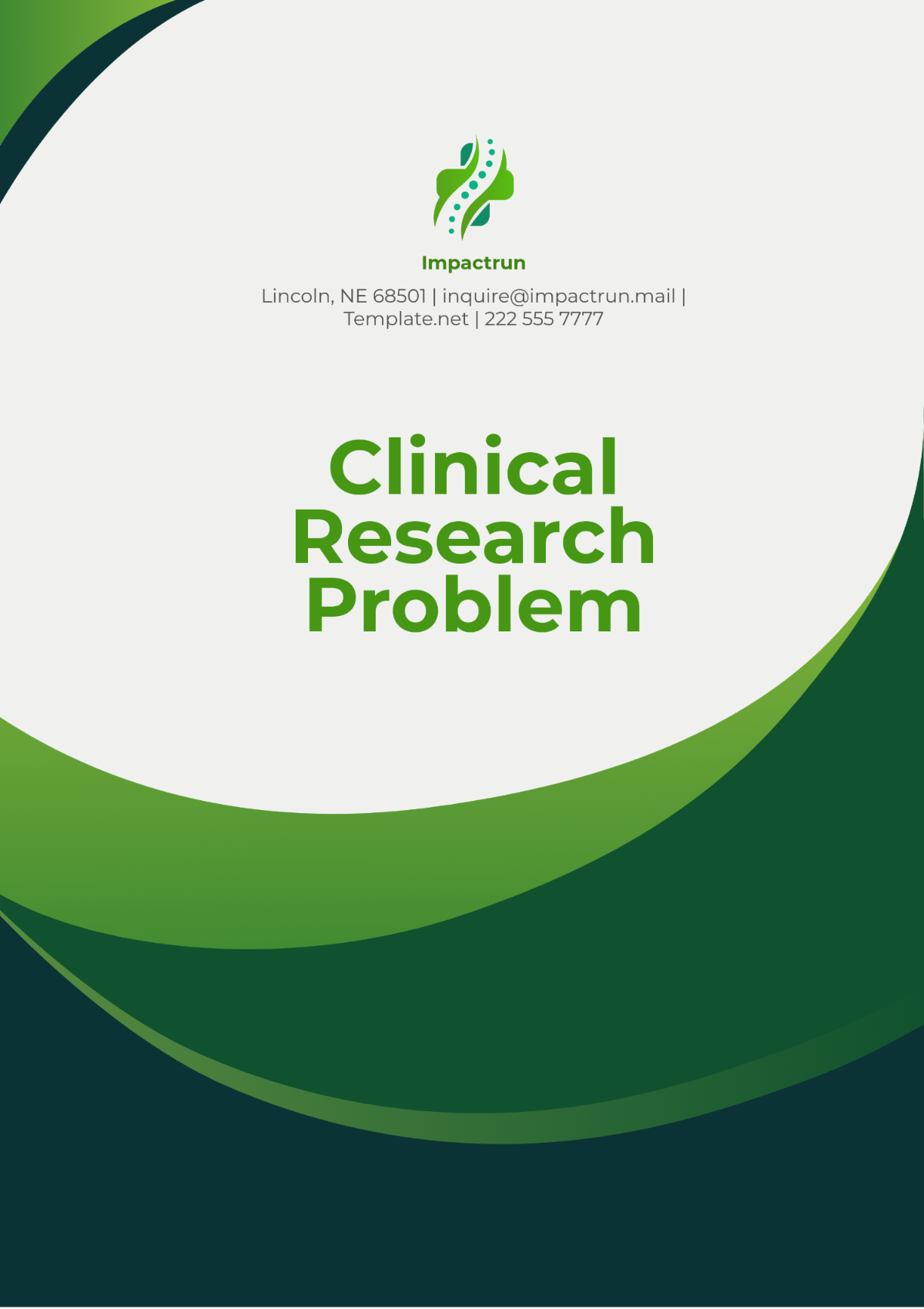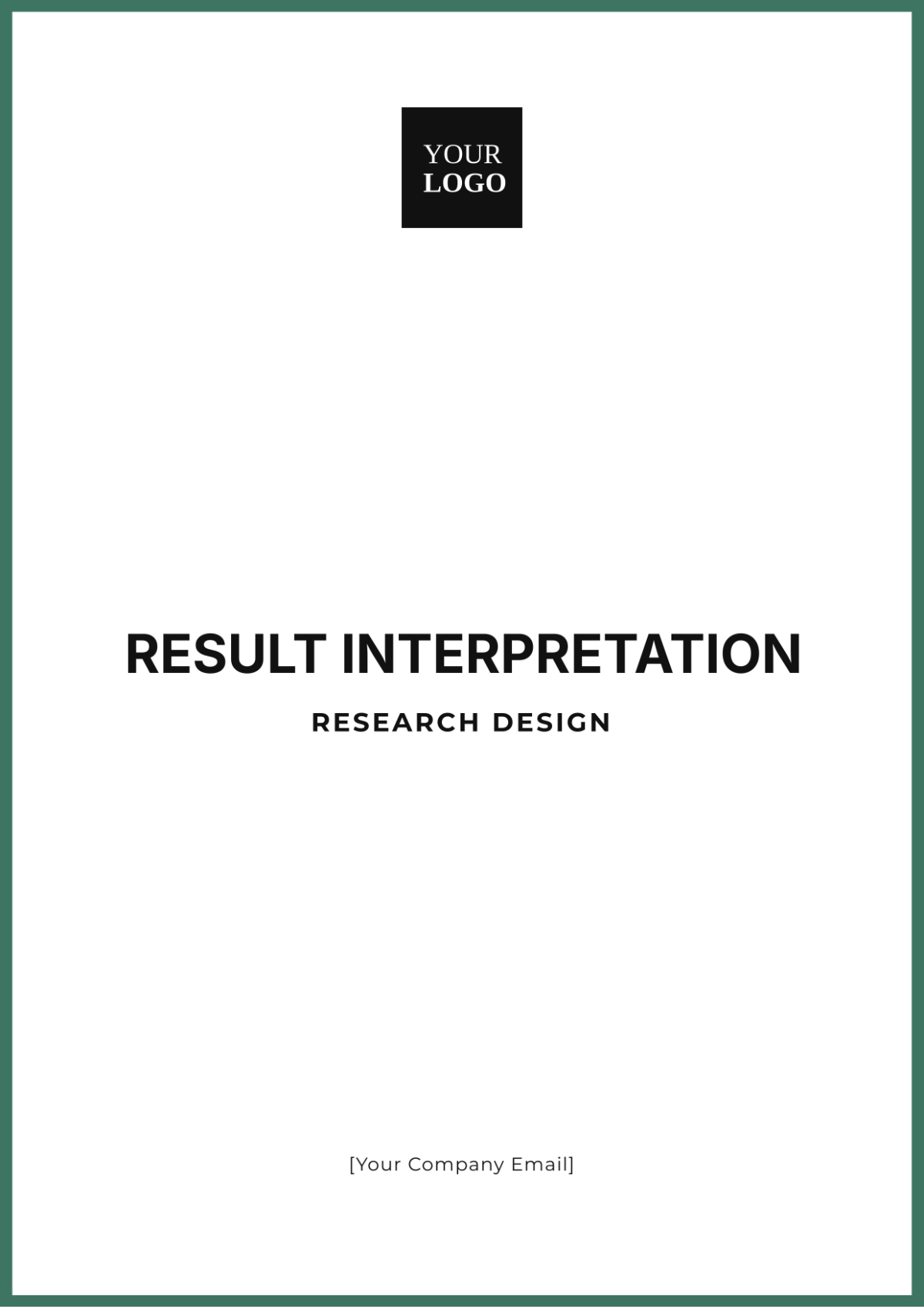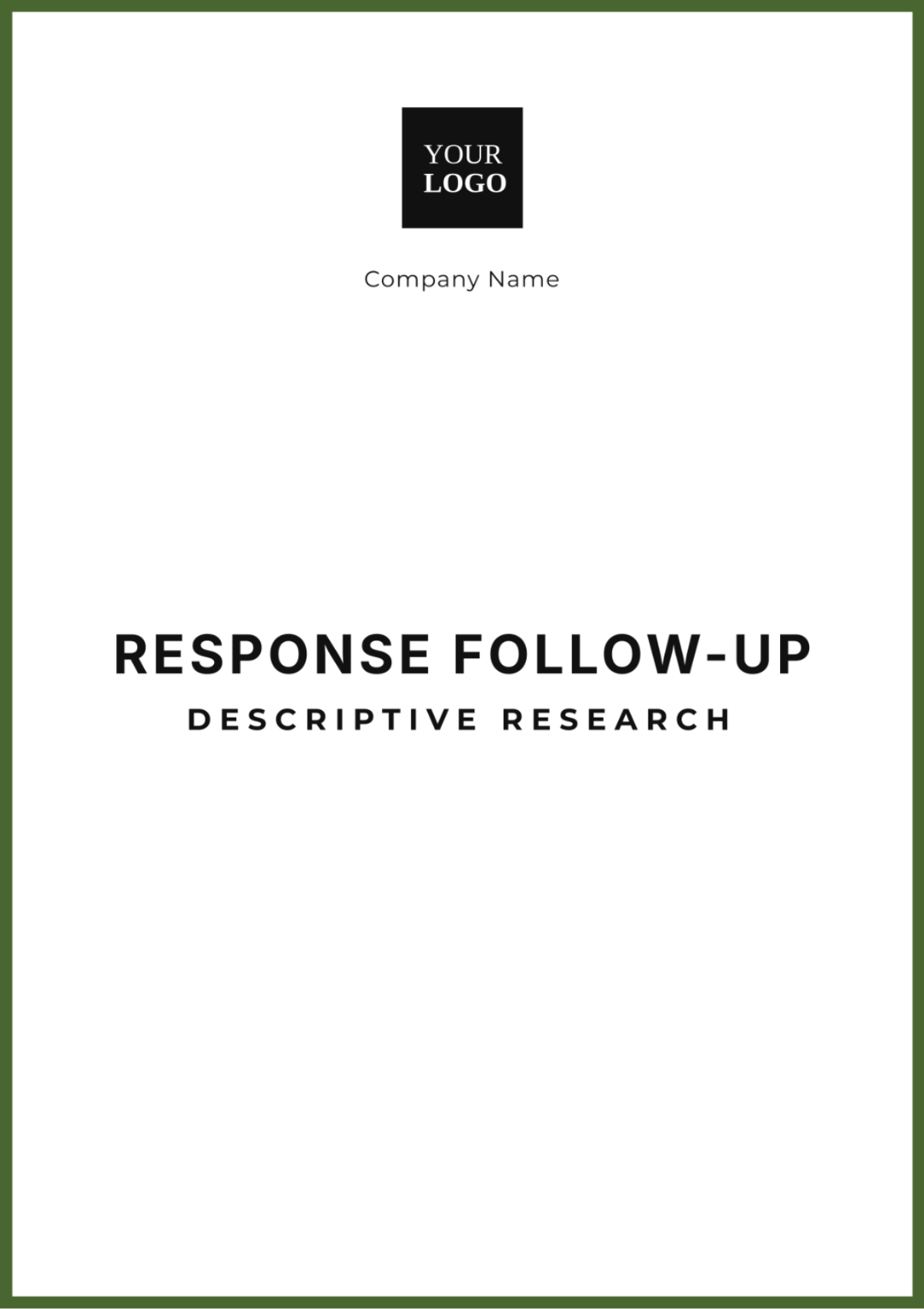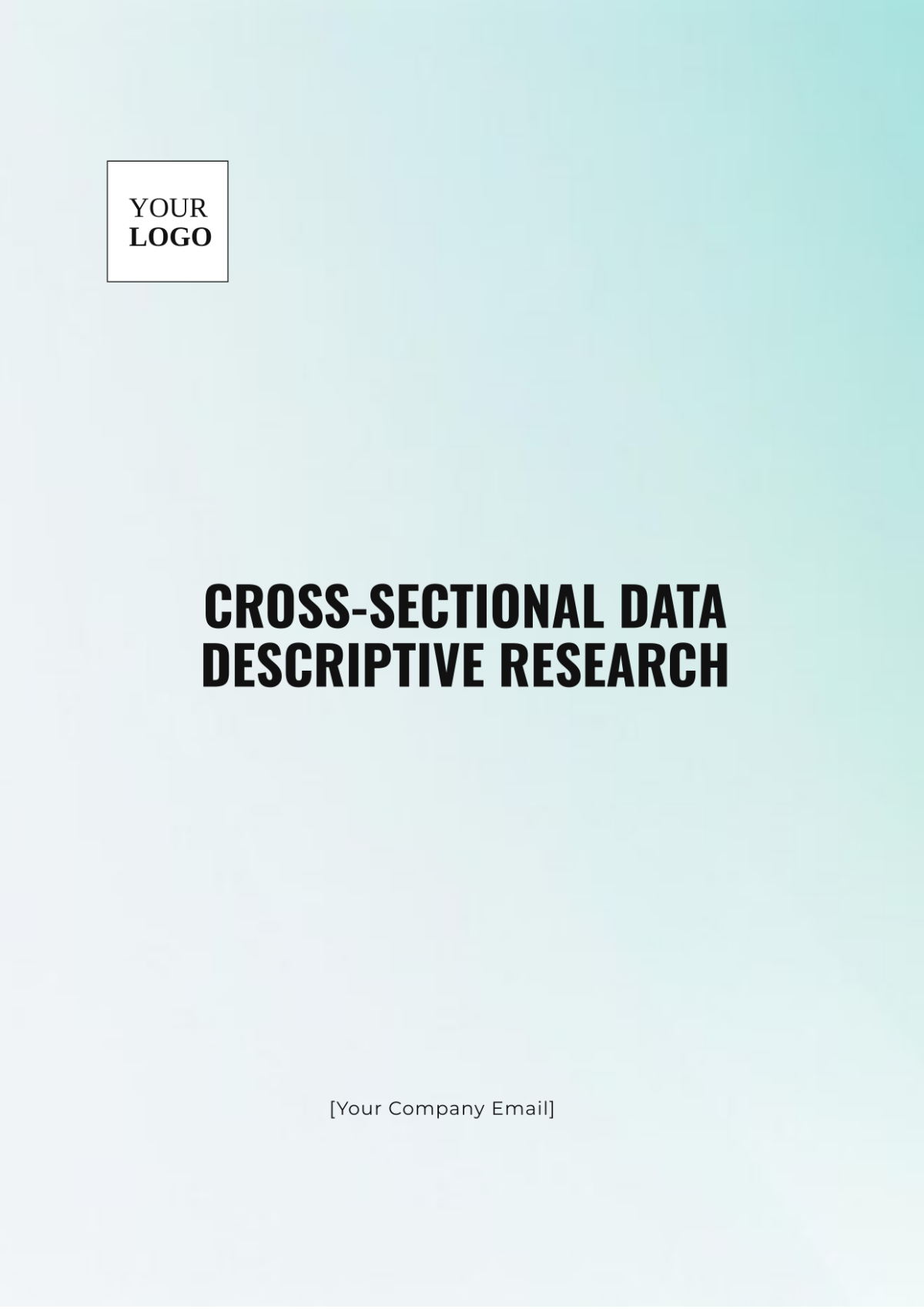Question Sequencing Quantitative Research
Introduction
Question sequencing in quantitative research involves arranging survey or questionnaire items in a strategic order to enhance the quality and reliability of the data collected. A well-sequenced questionnaire minimizes biases, reduces respondent fatigue, and improves the overall effectiveness of the data collection process. This detailed overview addresses the significance, methodologies, and best practices of question sequencing.
Significance of Question Sequencing
Proper question sequencing plays a critical role in:
Reducing Respondent Fatigue: By logically ordering questions, researchers can help maintain respondent interest and reduce the likelihood of incomplete responses.
Minimizing Response Biases: Sequencing questions in a thoughtful manner prevents earlier questions from influencing the answers to subsequent questions, which helps in obtaining unbiased responses.
Enhancing Data Quality: A coherent question flow ensures that respondents understand each question in the context of the previous ones, leading to more accurate and reliable data.
Principles of Effective Question Sequencing
Logical Flow:
Principle: Group related questions together and arrange them in a sequence that reflects the natural progression of the topic.
Example: In a customer satisfaction survey, start with questions about overall service experience before diving into specific service aspects.
Simplicity First:
Principle: Begin with straightforward, non-sensitive questions to ease respondents into the survey.
Example: Start with questions about the general usage of a product before asking about detailed features or issues.
Demographic Information:
Principle: Place demographic questions at the beginning if they are used to screen participants or at the end if they are used for analysis but are not central to the survey.
Example: In a health survey, demographic information might be collected at the end to avoid influencing responses to health-related questions.
Filter Questions:
Principle: Use filter questions to direct respondents to relevant sections based on their previous answers.
Example: After asking if a respondent uses a particular product, use a filter question to determine which product features to ask about.
Question Sequencing Techniques
Funnel Approach:
Technique: Start with broad, general questions and progressively narrow down to more specific ones.
Example: In a survey on environmental attitudes, begin with questions about general environmental concerns and move to specific issues like recycling habits.
Reverse Funnel Approach:
Technique: Begin with specific questions and transition to broader, contextual ones.
Example: For a study on customer service, start with detailed questions about recent interactions and then ask broader questions about overall customer service perception.
Interleaving Questions:
Technique: Alternate between different types of questions (e.g., multiple-choice, Likert scale, open-ended) to keep respondents engaged.
Example: In a product feedback survey, mix Likert scale questions about satisfaction with open-ended questions about specific improvements.
Template for Question Sequencing
Section | Types of Questions | Examples |
|---|---|---|
Introduction | Screening and Consent | "Do you agree to participate in this survey?" |
Demographics | Age, Gender, Education Level | "What is your age?" |
Main Body | Likert Scale, Multiple Choice | "On a scale of 1 to 5, how satisfied are you with our services?" |
Conclusion | Open-ended Feedback | "Do you have any additional comments or suggestions?" |
Best Practices for Implementing Question Sequencing
Pilot Test:
Practice: Conduct a trial run of the survey with a small sample to identify and address issues in question flow and sequence.
Example: Test a draft survey with a focus group before launching it to the broader audience.
Feedback:
Practice: Collect feedback from respondents about the clarity and flow of the questions to make necessary adjustments.
Example: Use feedback from pilot tests to refine question wording and sequencing.
Adapt to Context:
Practice: Modify the question sequence based on the specific research goals and context of the study.
Example: Adjust question order in a cross-cultural study to account for cultural differences in response patterns.
Conclusion
Effective question sequencing is essential for obtaining high-quality, reliable data in quantitative research. By following a structured approach and adhering to best practices, researchers can design surveys that provide meaningful insights and improve the overall research process.
References
American Psychological Association. (2060). Publication Manual of the American Psychological Association (7th ed.).
Fowler, F. J. (2056). Survey Research Methods (5th ed.). Sage Publications.
Groves, R. M., Fowler, F. J., Couper, M. P., Lepkowski, J. M., Singer, E., & Tourangeau, R. (2053). Survey Methodology (2nd ed.). Wiley.







